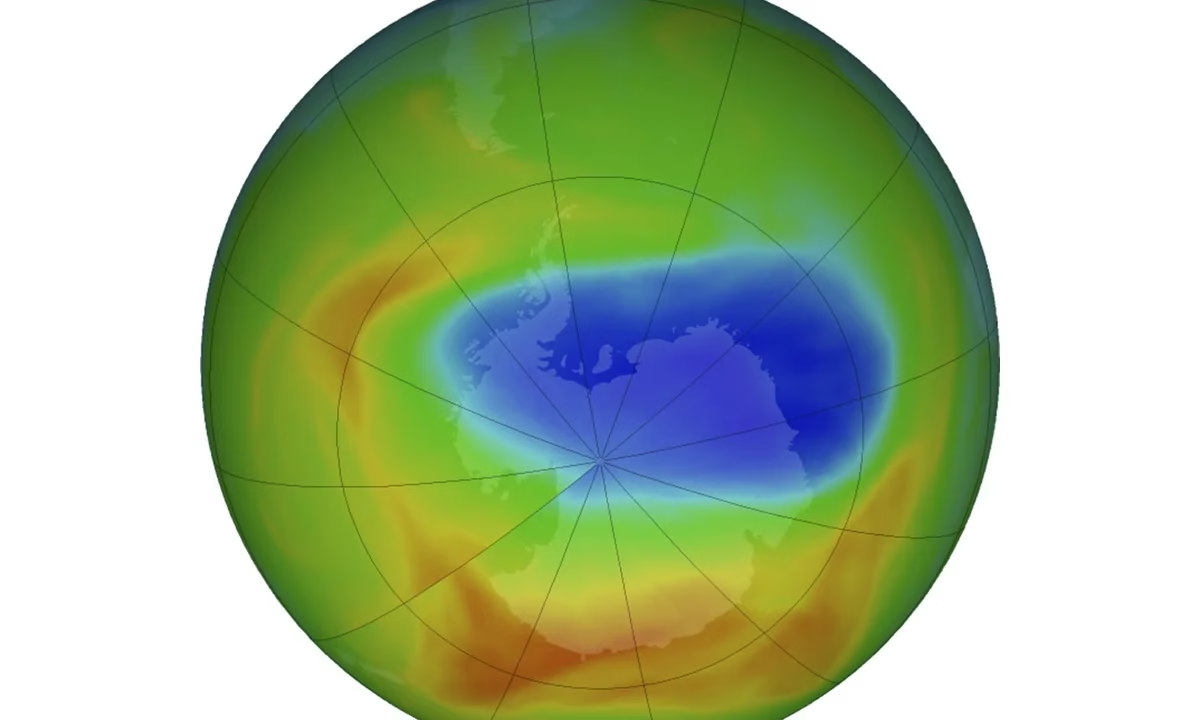The Earth’s protective ozone layer is showing significant signs of recovery, with the hole projected to close in the coming decades, the United Nations announced on Tuesday.
In its Ozone Bulletin 2024, the UN’s World Meteorological Organization (WMO) reported that the ozone hole over Antarctica was smaller in 2024 compared to recent years—a development hailed as “welcome scientific news for people’s and planetary health.”
“Today, the ozone layer is healing,” UN Secretary-General António Guterres said, stressing that the achievement proves “when nations heed the warnings of science, progress is possible.”
According to the WMO, while natural atmospheric factors influence year-to-year fluctuations, the broader recovery trend reflects the success of global cooperation. The bulletin was released on World Ozone Day, marking the 40th anniversary of the Vienna Convention, which first identified ozone depletion as a worldwide challenge.
That effort paved the way for the landmark 1987 Montreal Protocol, which phased out ozone-depleting substances such as chlorofluorocarbons (CFCs) found in refrigeration, air conditioning, and aerosol sprays. To date, more than 99% of these harmful chemicals have been eliminated.
“As a result, the ozone layer is now on track to recover to 1980s levels by the middle of this century,” the WMO noted, adding that this will significantly lower the risks of skin cancer, cataracts, and environmental damage from harmful UV rays.
The report highlighted that the Antarctic ozone hole in 2023 had a maximum deficit of 46.1 million tonnes on September 29—below the 1990–2020 average. Scientists also observed a delayed onset of depletion and a faster recovery, which they say is a “robust indication of initial recovery.”
The joint WMO–UN Environment Programme assessment published in 2022 projected that the ozone layer will return to 1980 levels by 2066 over Antarctica, by 2045 over the Arctic, and by 2040 across most of the world, if current policies remain in place.



